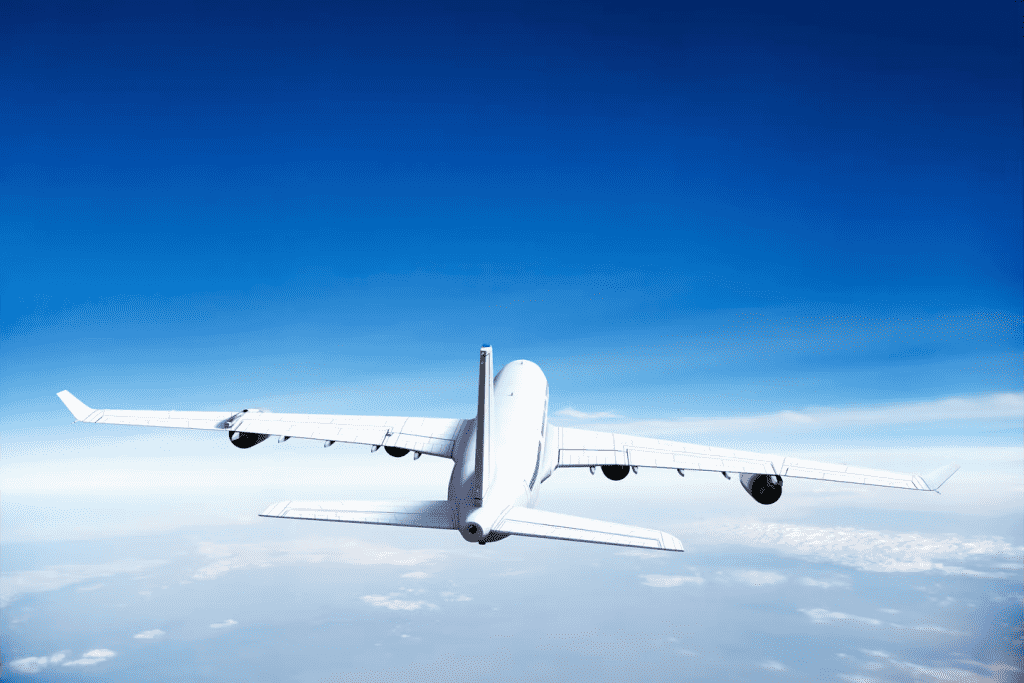A team of engineers at Purdue University has come up with a new and effective approach to optimize the previously produced “world’s whitest paint” and transform it into a thinner and lighter version as compared to last year’s edition. This molded paint is now more efficient for solar activity and can suitably be used on cars, trains, and even planes. It has a solar reflectance index of 97.9%, is extremely thin, and it can be proven from the fact that it weighs about 80% less than the previous version. Not to mention, the research study has been published in the journal Cell Reports Physical Science.

However, it should be noted that the initial version of the world’s whitest paint contains a solar reflectance of 98%, but it was a bit heavier as compared to the current version. In this, barium sulfate was intermixed with those particles that have the characteristics of scattering light, and due to this, the paint exceeded expectations in lowering the temperatures of the surfaces on which it was layered. Even in some cases, it produced the cooling effect as well, but there were some shortcomings associated with this model that led to its upgradation.

Coupled with this, Xiulin Ruan, the manufacturer of the paint, said, “To achieve this level of radiative cooling below the ambient temperature, we had to apply a layer of paint at least 400 microns thick. That’s fine if you’re painting a robust stationary structure, like the roof of a building. But in applications that have precise size and weight requirements, the paint needs to be thinner and lighter. ” Hence, Ruan, along with his team, decided to use another material with some amendments in order to cope with the shortcomings.

They deployed boron nitride in a hexagonal nanoplatelet pattern, which proved more efficient than the previous one. Although the index for solar reflectivity is a little bit lower comparatively, i.e., 97.9%, it weighs around 80% less than the previous version. Also, the current paint is now thinner and comes with an extremely low-density level. George Chiu, a Purdue professor of mechanical engineering, stated:
“This lightweight opens the doors to all kinds of applications. Now, this paint has the potential to cool the exteriors of airplanes, cars, or trains. An airplane sitting on the tarmac on a hot summer day won’t have to run its air conditioning as hard to cool the inside, saving large amounts of energy. Spacecraft also have to be as light as possible, and this paint can be a part of that.”
On the other hand, Ruan said, “Using this paint will help cool surfaces and greatly reduce the need for air conditioning. This not only saves money, but it reduces energy usage, which in turn reduces greenhouse gas emissions. And unlike other cooling methods, this paint radiates all the heat into deep space, which also directly cools down our planet. It’s pretty amazing that paint can do all that. “


